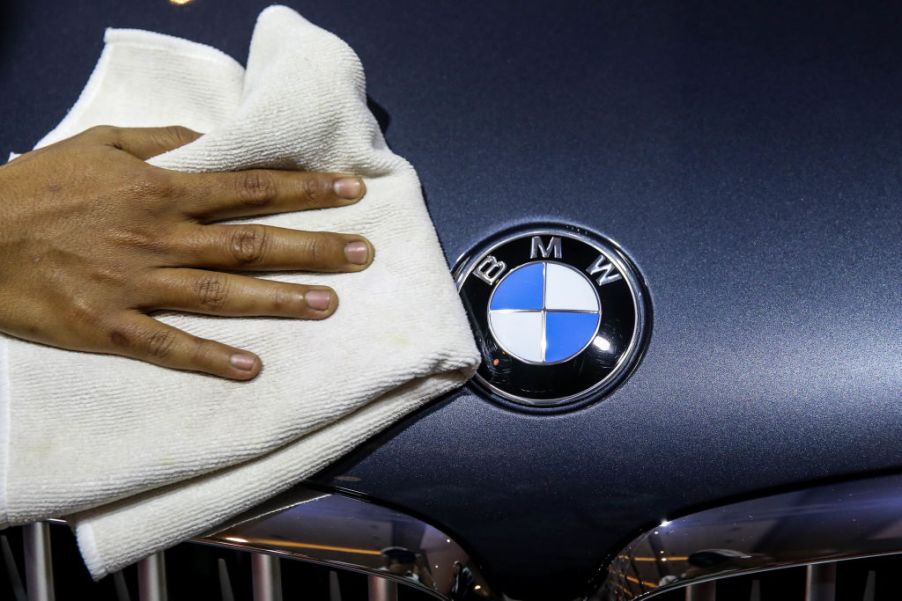
The Safest BMWs of 2019 Will Keep You Safe in Style
Although BMW is known for its sportiness and style, it should also be known for its safety as well. The Insurance Institute for Highway Safety, or IIHS, gave four BMWs from the 2019 model year its highest safety rating, the Top Safety Pick+. Here’s a quick look at these stylish and safe BMWs.
The BMW 3 series
One of the most popular line of sedans in the world, the 3 series is also one of the safest. The IIHS gave the 3 series the highest grade in every category that was tested except for the headlights on several trims of the 3 series.
The 330i and 330i xDrive, when equipped with the convenience package, was given the second to worst grade possible. The 330i and 330i xDrive without any optional packages were given the worst grade possible. Every other feature was given the highest grade possible.
The 3 series is a well-rounded luxury sedan that has very few flaws. It starts with a decently powerful 255-hp engine and it’s roomier than its earlier counterparts. The main problem though comes with the territory. It’s a luxury sedan and it’s priced as such. The 3 series currently starts at about $40,000.
The BMW 5 series
The 5 series, which isn’t just a larger version of the 3 series, is also one of the safest cars according to the IIHS. The 5 series has similar issues with its headlights compared to the 3 series, but it’s also slightly less safe in two other areas.
The ease of use for the child seat anchors on the 5 series was given an acceptable rating, which is decent but not the best. Passenger injury measures for the lower leg of passengers were also given an acceptable rating.
Meanwhile, the headlights on the basic trim of every 5 series were given the second to worst grade possible. However, every trim has an optional lighting package and if that’s equipped, then the IIHS gave those headlights the highest rating.
The 5 series is a bigger car than the 3 series and thus, a lot of things got upscaled, including its engine. However, its price tag, which is a big drawback, was also upscaled. It starts at about $50,000 and it only gets more expensive.
X3: a safe SUV
Entering the SUV world, the X3 was also given the highest IIHS rating. Similar to the other BMWs on this list though, its headlights for certain trims were its main trouble spot.
However, like the 5 series, the X3 was also given a bad rating for the ease of use of its child seat anchors. Regarding its headlights, unless you buy the optional executive package, the IIHS gave the regular headlights the second to worst grade possible.
Overall, the X3 is a decent luxury SUV, but it’s not without its issues. While generally practical, the X3 doesn’t really fulfill the sporty aspect of an SUV. It starts with a modest 248-hp engine that’s good enough but it also has a starting price tag of about $42,000.
X5: you can’t put a price on safety
The bigger and more luxurious sibling to the X3, the X5 once again only has safety concerns regarding its headlights on certain trims. Every trim that doesn’t have the optional Executive or Laser Light package got the worst grade possible. However, other than that, the X5 got the highest marks everywhere else.
Once again, like the other BMWs on this list, the main issue with the X5 is the cost. Everything else is great. It’s very powerful, quite spacious, and very fuel-efficient. However, with a price tag that starts at about $62,000, it’s a big ask for many families. Furthermore, for its price tag and size, there are only five seats available, which is disappointing.



